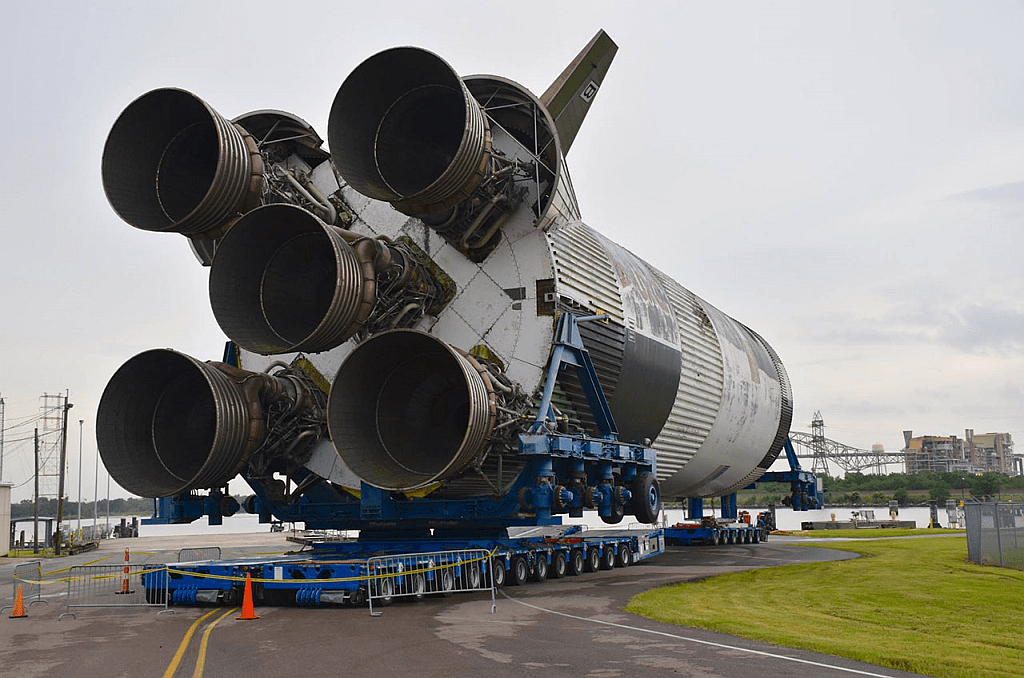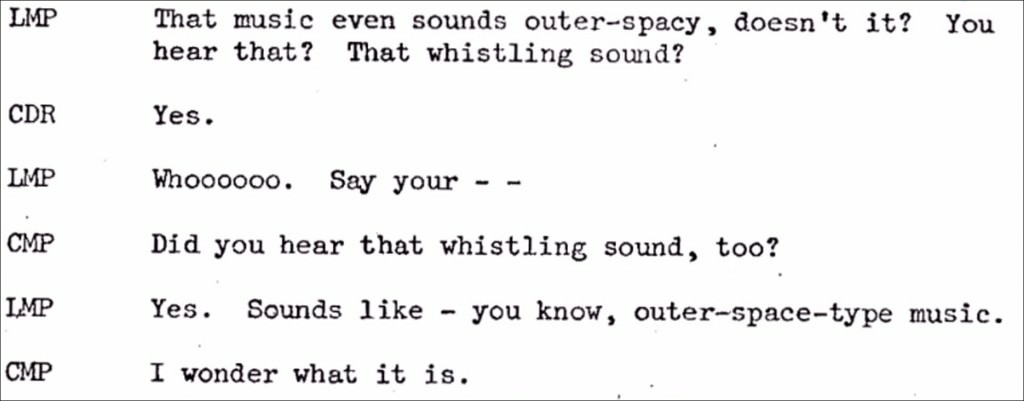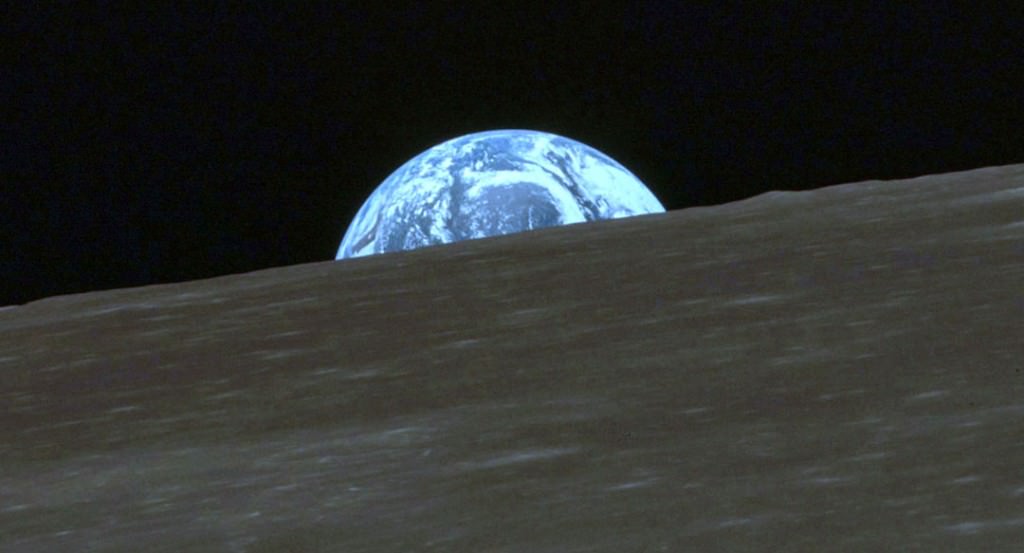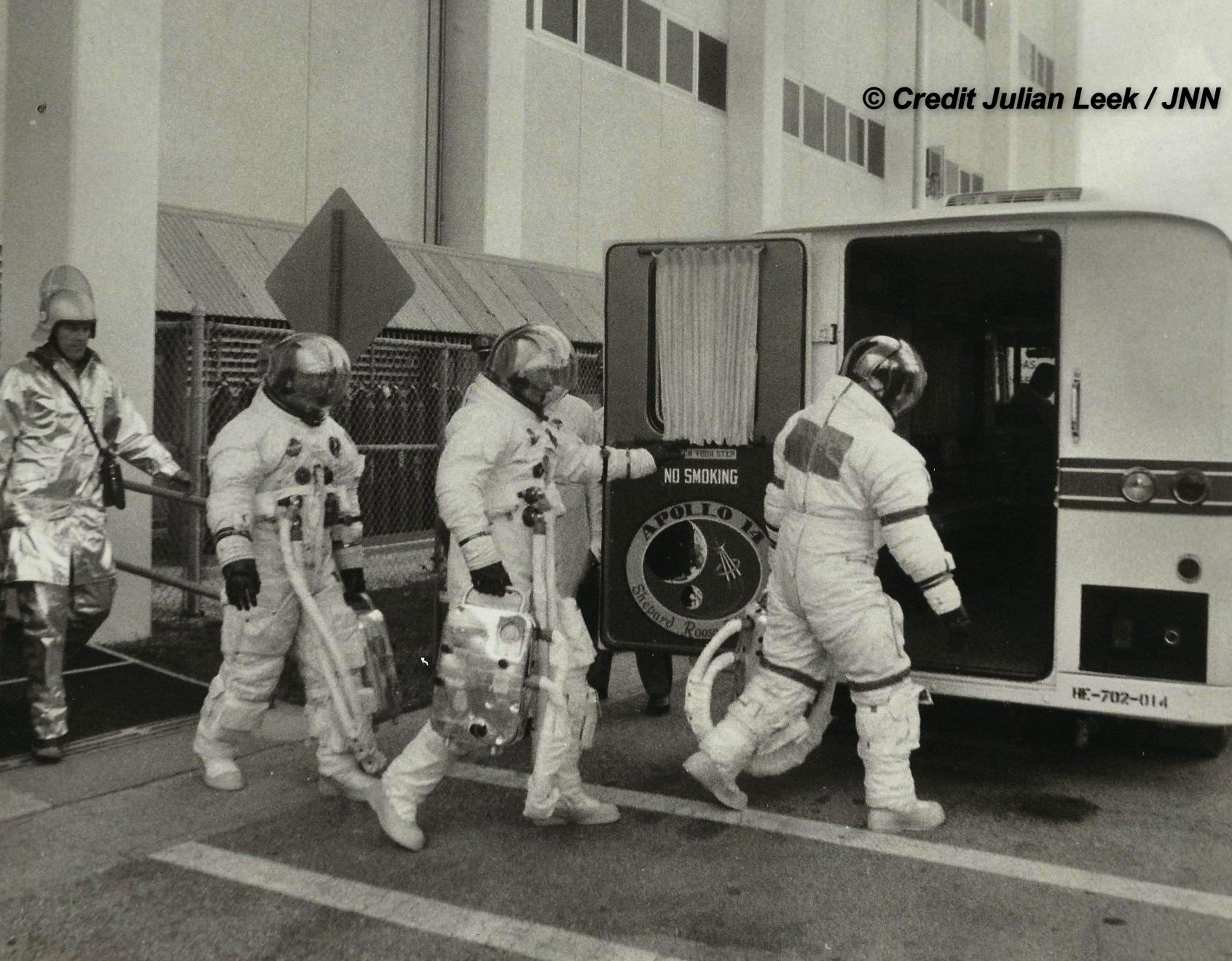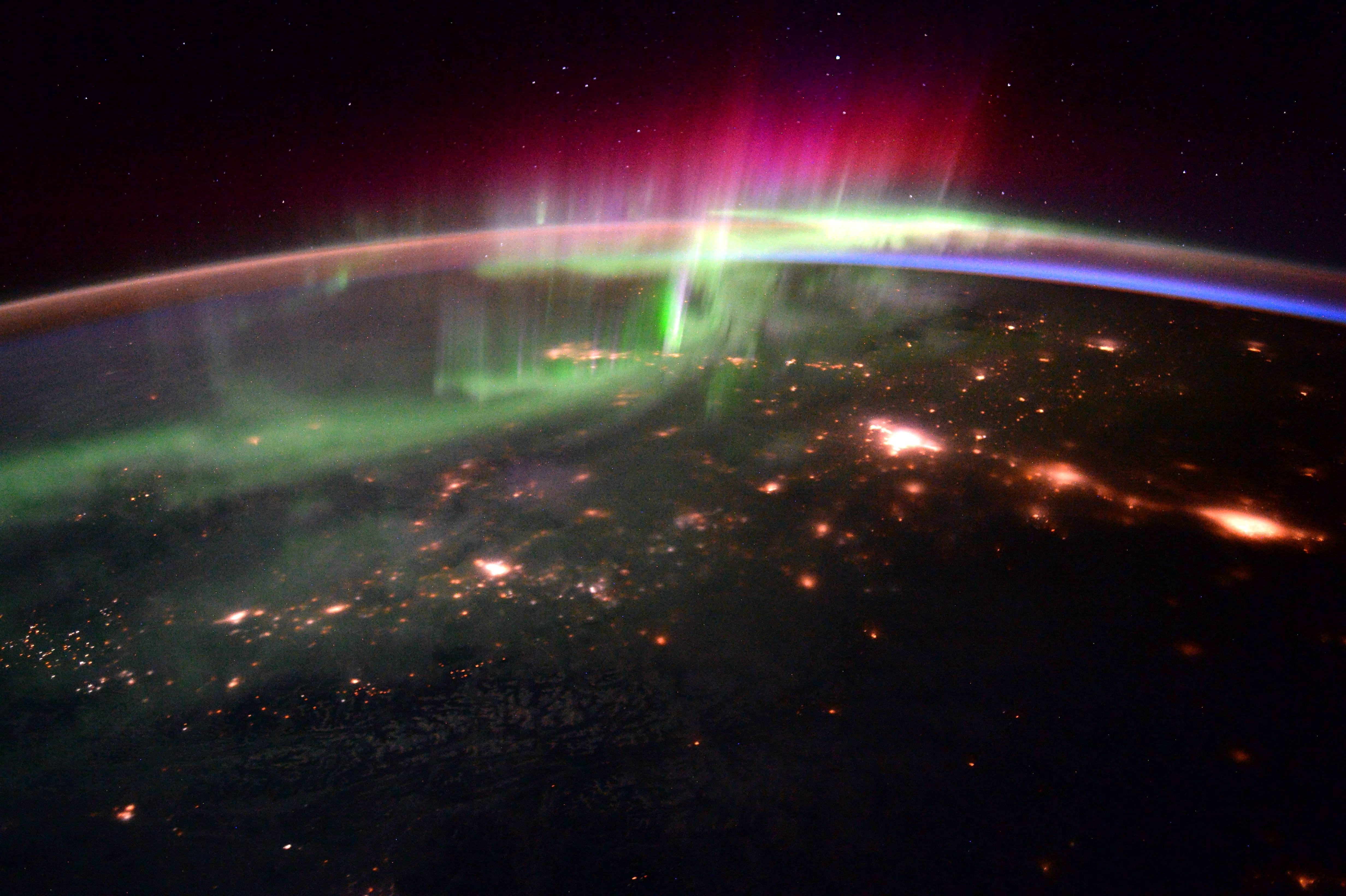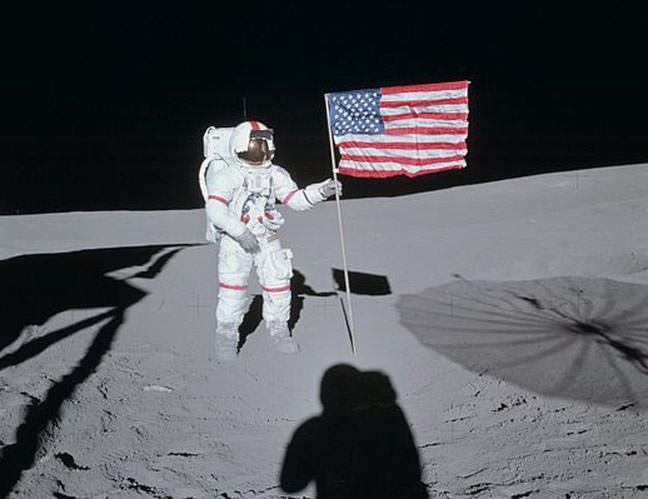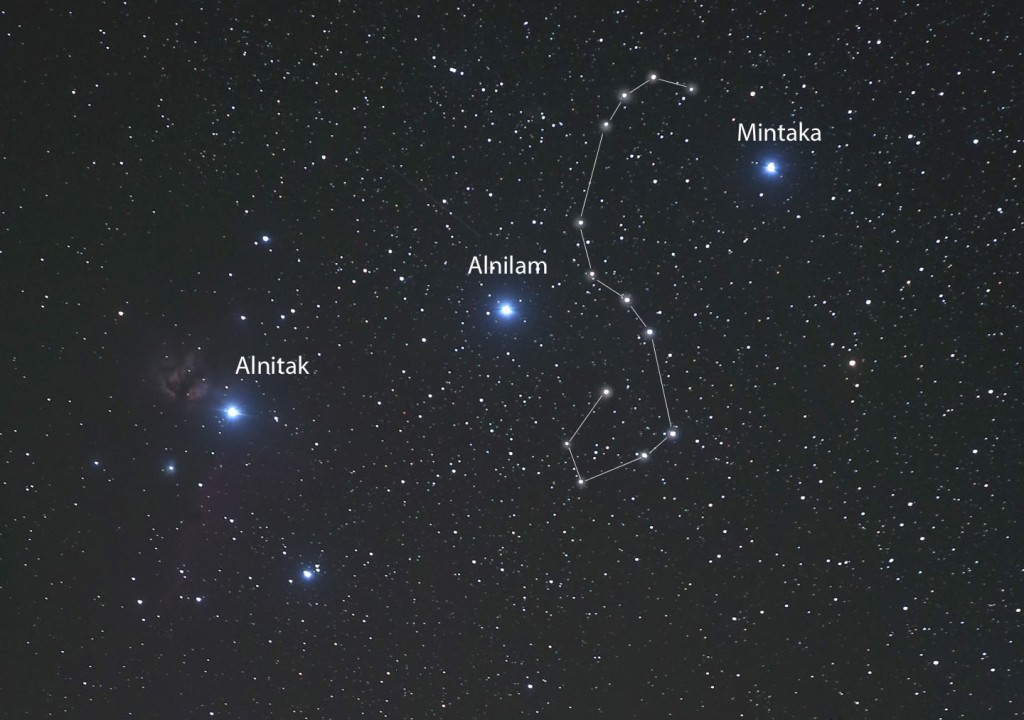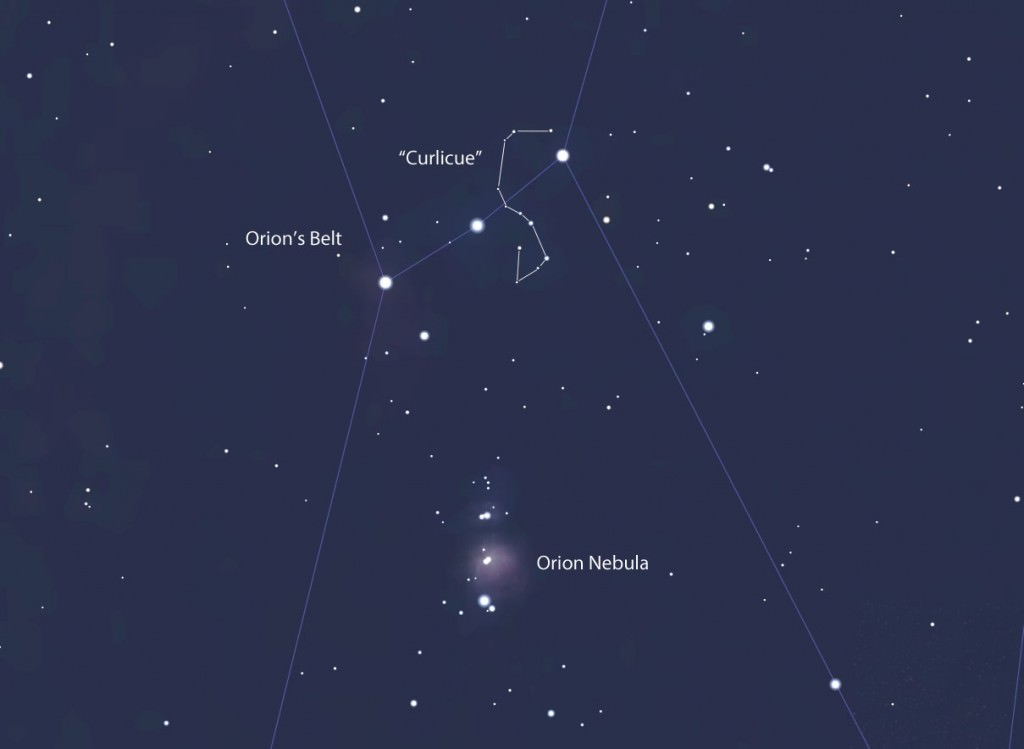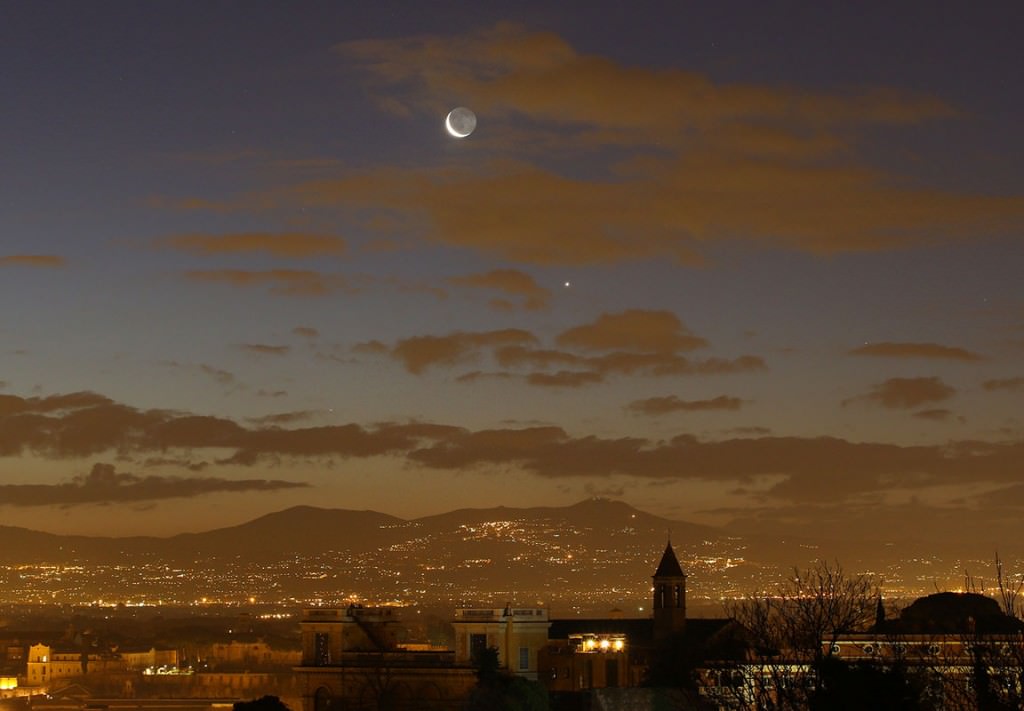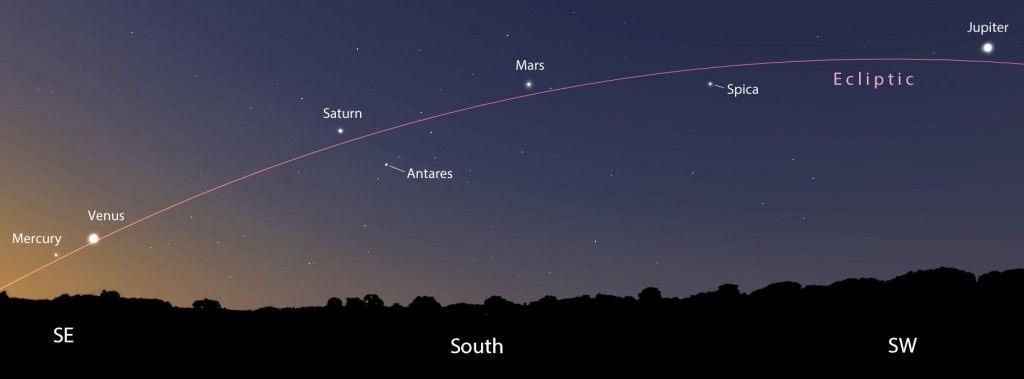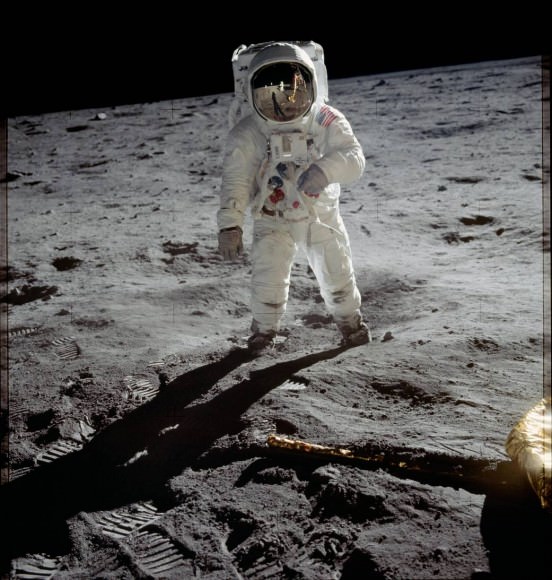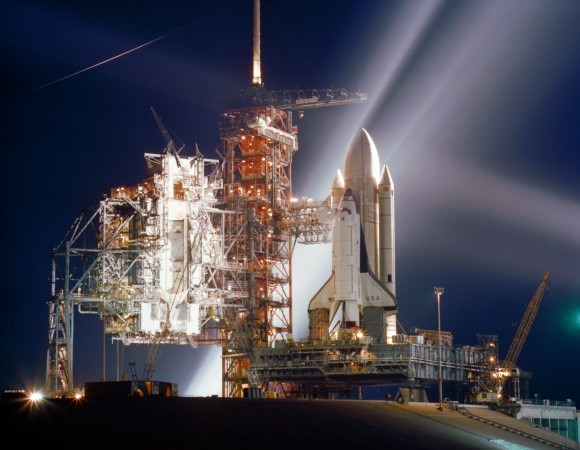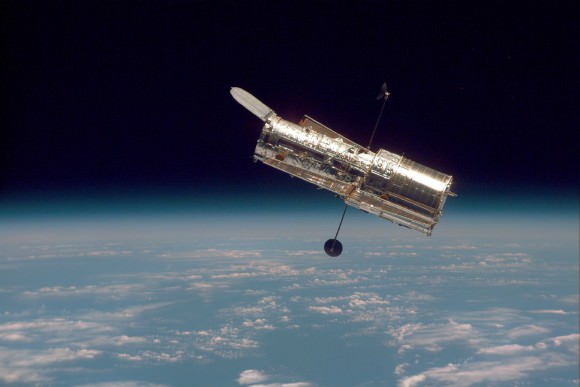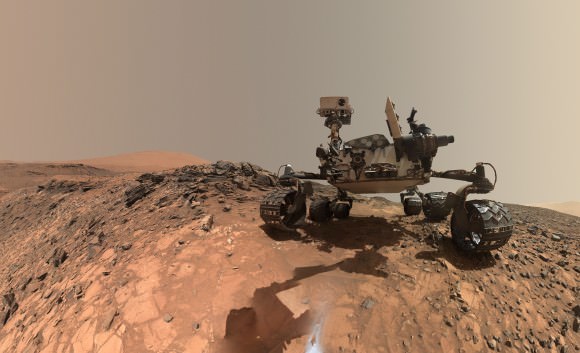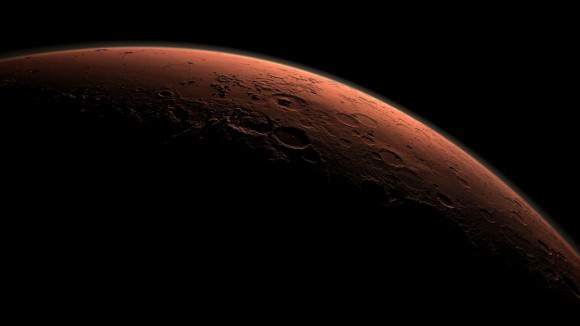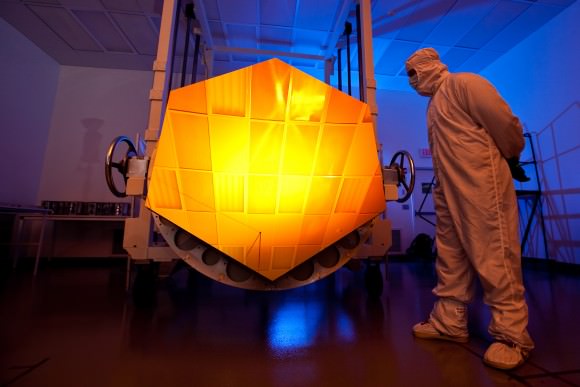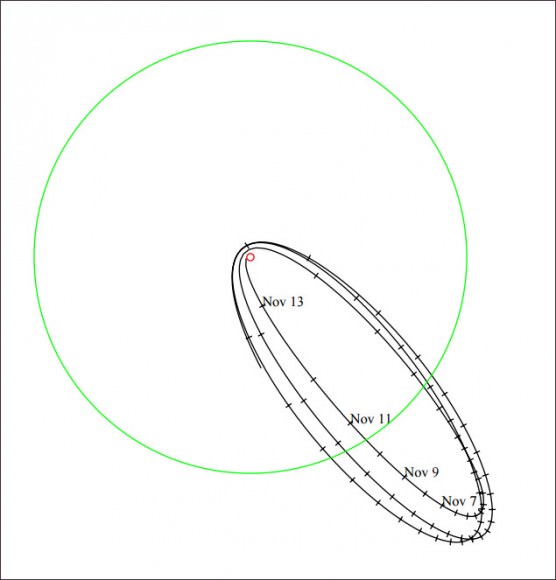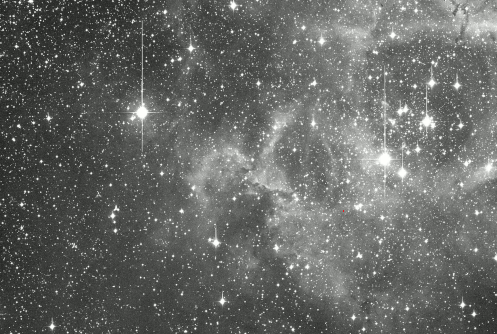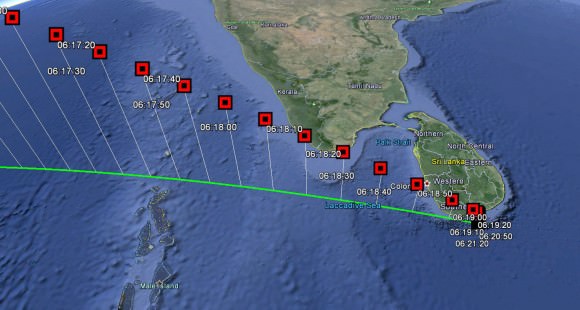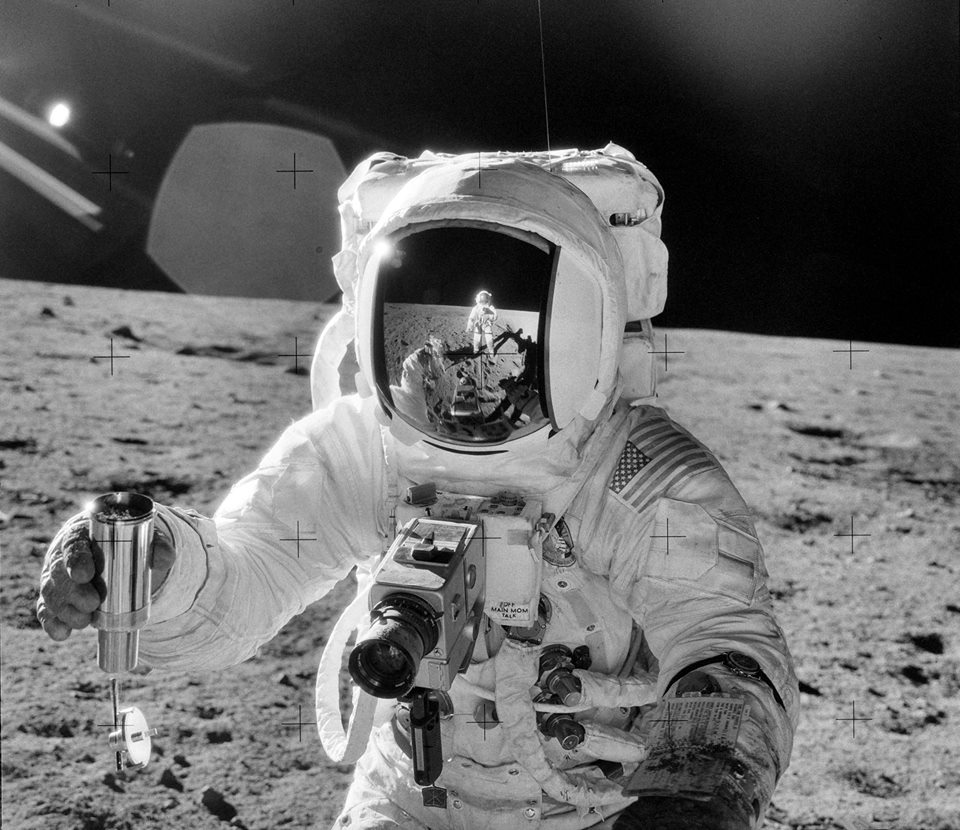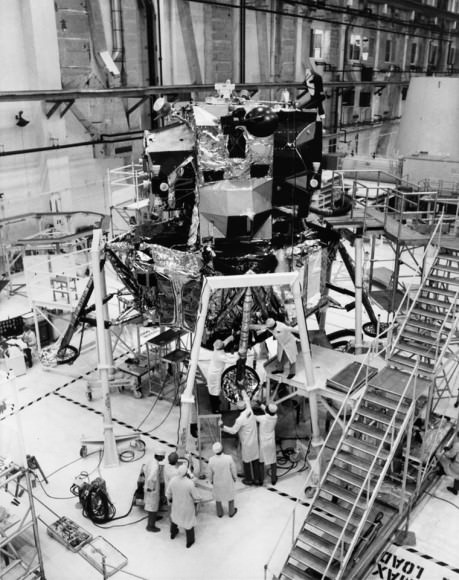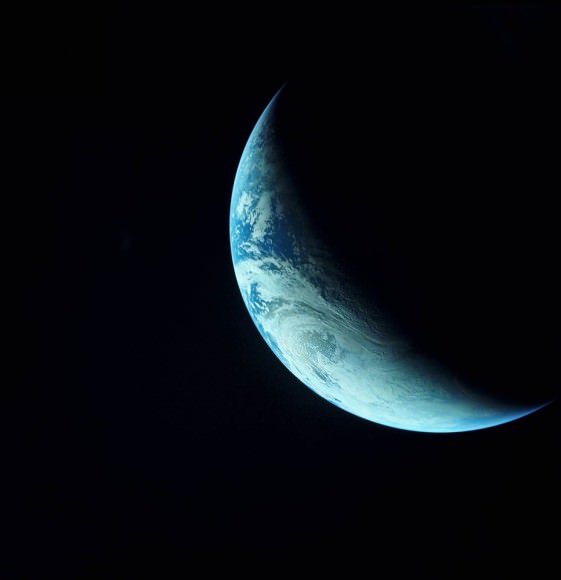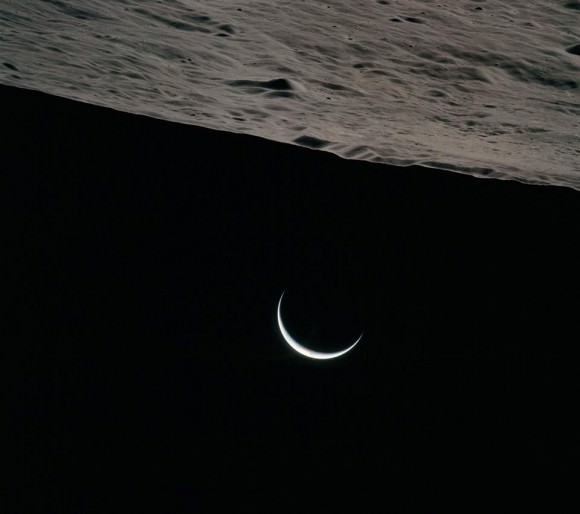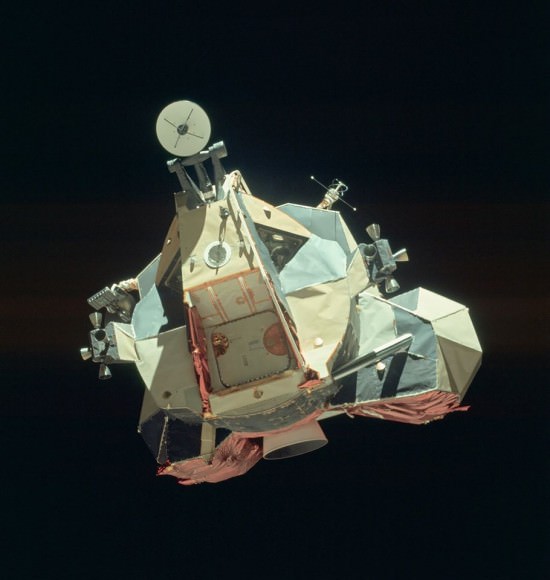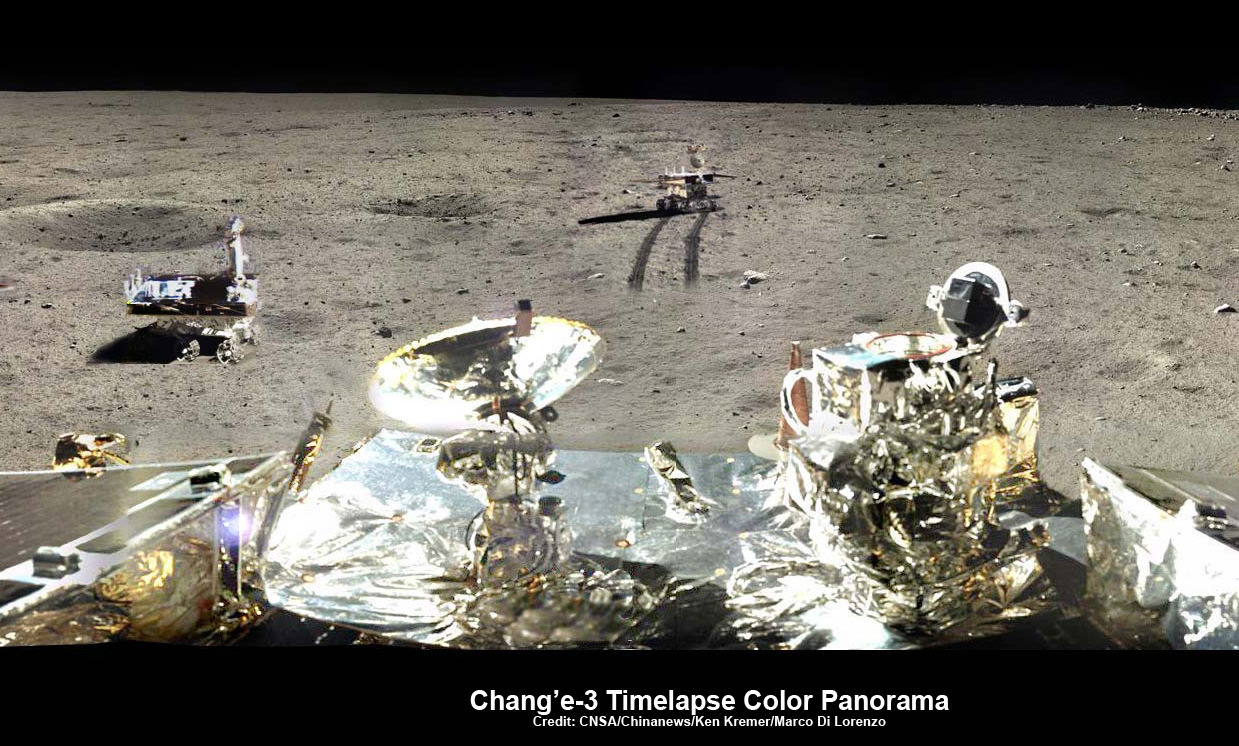Tourist attractions can be pretty hokey. In the part of Canada where I’m from, one town boasts the “largest hockey stick in the world.” I’m not kidding. You can see it when you drive by. But Mississippi is getting what may be one of the world’s greatest tourist attractions: a Saturn V rocket, or the first stage of one, anyways.
Obviously, this is more than just a tourist attraction. This is an historic science exhibit of epic proportions. This Saturn V is the rocket that was supposed to launch Apollo 19 to the Moon in 1973, until that trip was cancelled.
For 38 years, this Saturn V has been at its home at NASA’s Michoud Assembly Facility in New Orleans, where it was built more than 40 years ago. But now, it’s found a new home at the Stennis Space Center, about 77 km. (48 miles) away. And getting there is quite a journey.
The heart of this journey is a 64 km. (40 mile) trip through the Intercoastal Waterway, and up the Pearl River. Not only that, but it had to be loaded onto a barge to start the trip, and unloaded once it arrived.
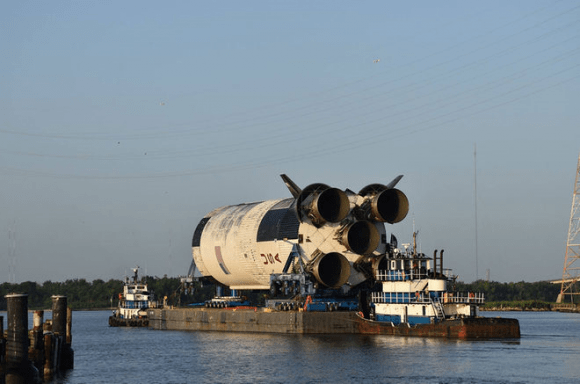
The actual home of the Saturn V will be the Infinity Science Center, which is a non-profit science outreach organization that has partnered with NASA, and is located next to the Stennis Space Center in Mississippi. And people there are proud and excited to be a part of this.
“There’s a saying that if you wanted to get to the moon, you had to go through south Mississippi first,” said John Wilson, executive director for INFINITY Science Center. “Our goal with this Saturn V first stage exhibit is to educate our guests on our region’s critical role in space exploration and bring to life the ingenuity of the men and women who built, transported, tested and flew the machines that took us to worlds beyond our own.”
There’s a lot of history behind the Saturn V. It was developed to support NASA’s Apollo program to land men on the Moon. The Saturn V was launched 13 times between 1966 and 1973. It still retains its status as the world’s most powerful rocket, though its end will reign soon, thanks to NASA’s Space Launch System (SLS) and SpaceX’s Falcon Heavy.
This Saturn V was supposed to carry Apollo 19 on its way to the Moon until that missions was cancelled. One of the would-be crew members of Apollo 19, Fred Haise, was also a crew member on the ill-fated Apollo 13. Fred Haise is now on the Board of Directors at the Saturn’s new home, the Infinity Science Center. I can’t imagine how pleased he is to have his Saturn V coming home.
The Saturn V is a three stage rocket. The section being moved and exhibited is the first stage, known as the S-IC. It’s 42 meters (138 ft.) long and 10 meters (33 ft.) in diameter. This first stage had five massive F-1 engines which produced more than 7.5 million pounds of thrust.
The engines combined and burned liquid oxygen and kerosene for about 2.5 minutes. At that point, the rocket would be 61 km (38 miles) above Earth. Then, empty of fuel and with its job done, it would fall back towards Earth and burn up. But this one was built before its mission was cancelled, which is why its available for display.
The Infinity Science Center has 72,000 square feet of space, and has over 50 years of NASA history on display. Over 65,000 guests visit each year. That number is sure to rise, once the Saturn V comes home.

